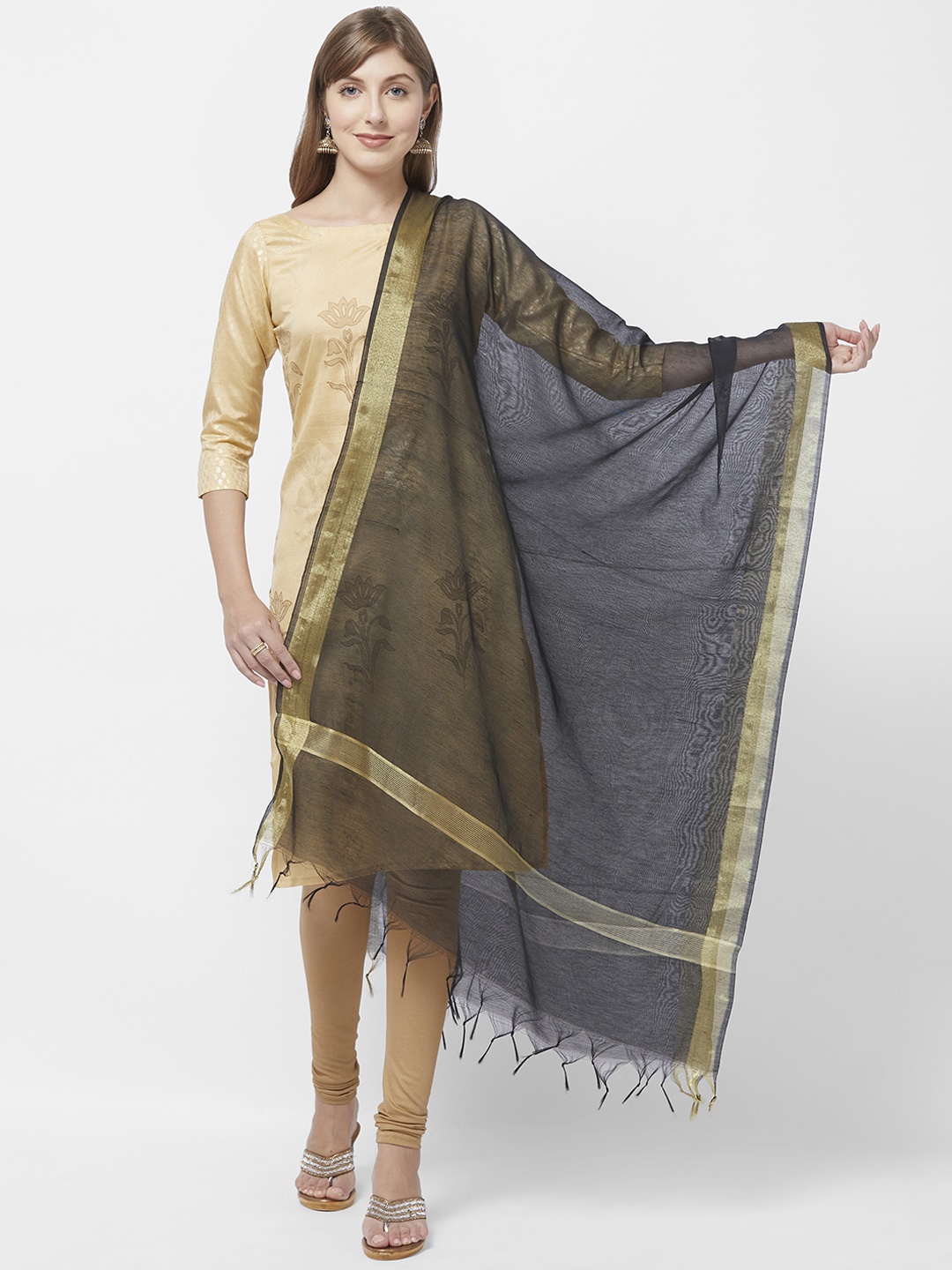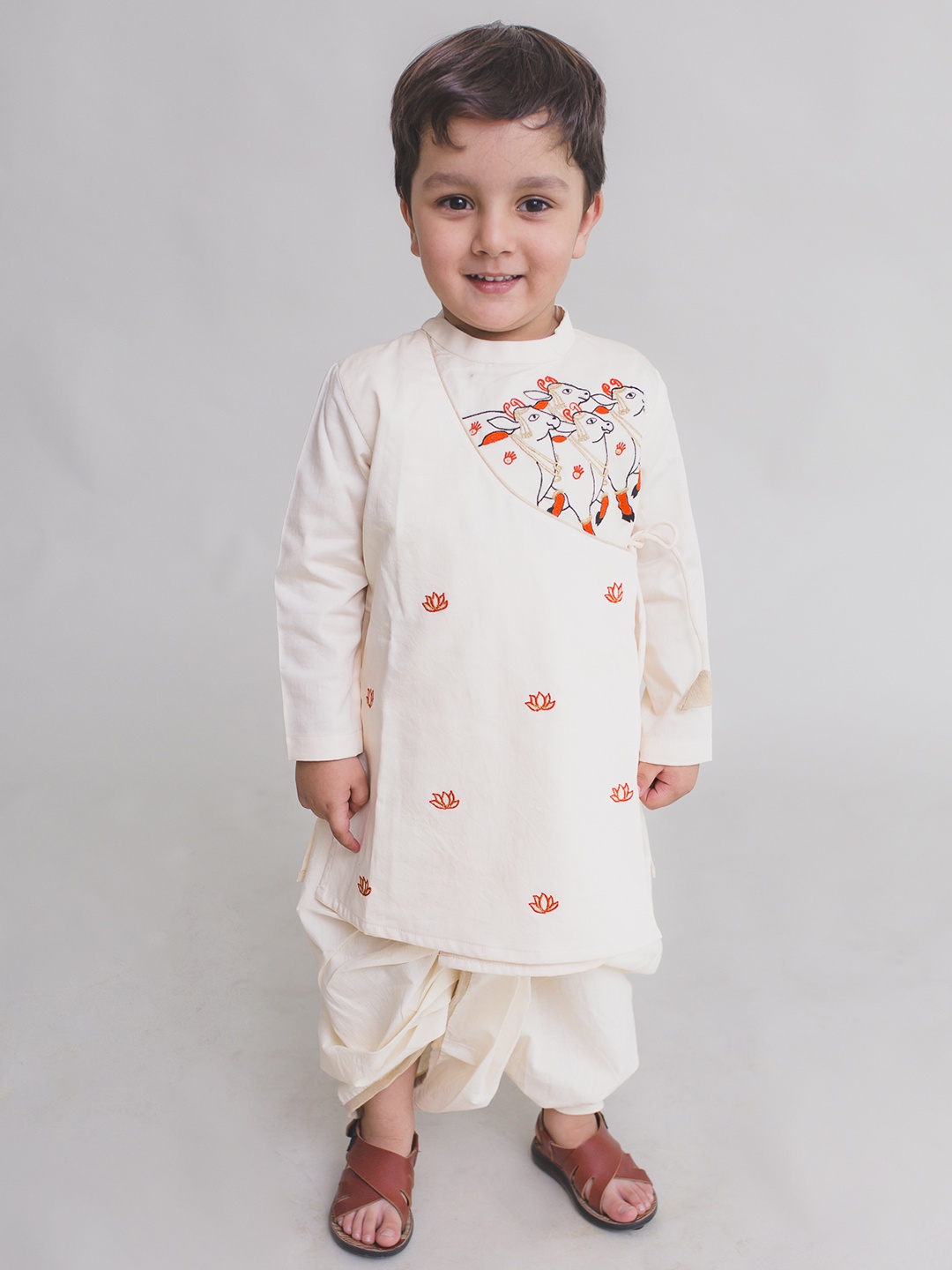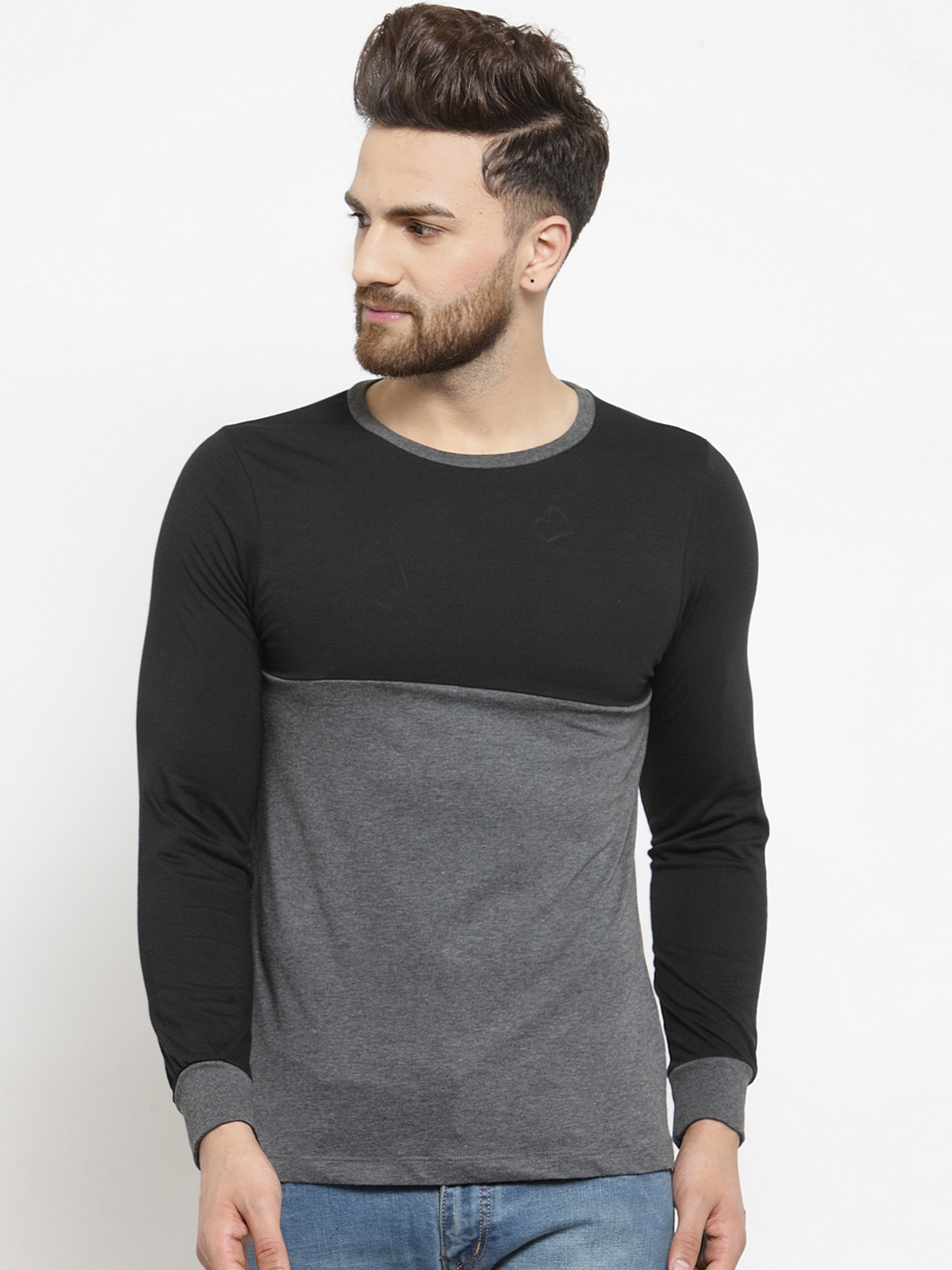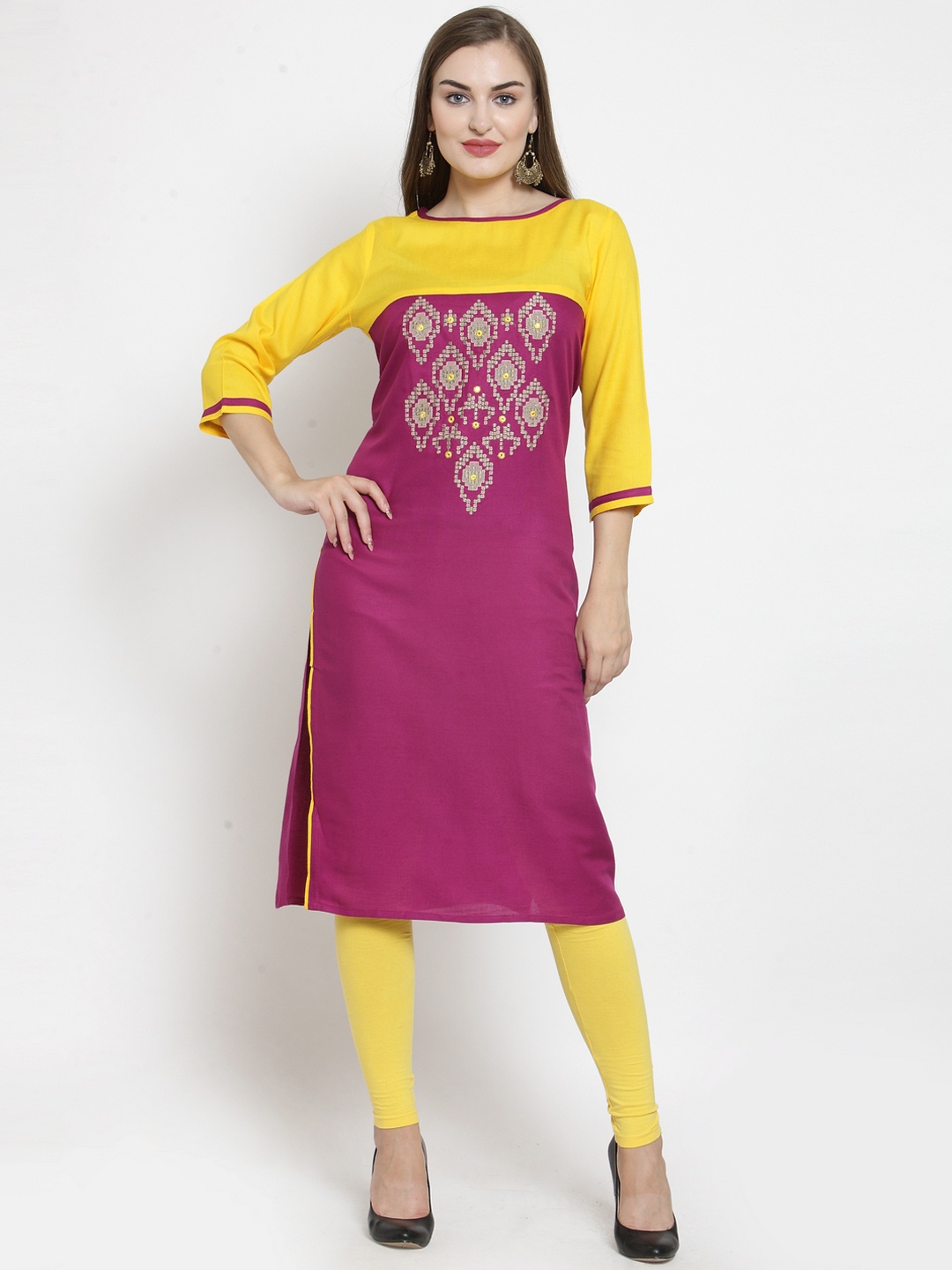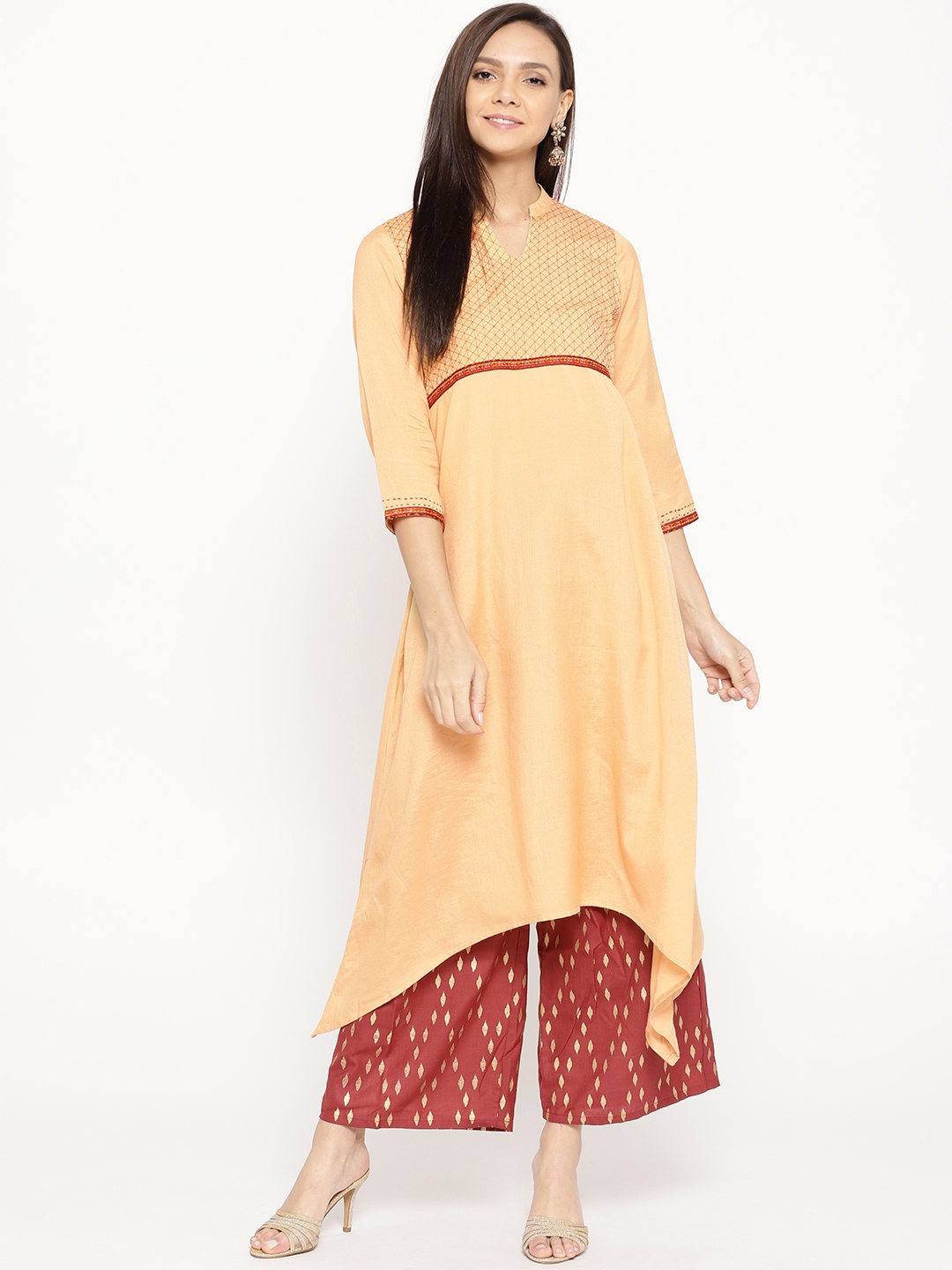How To Buy Jeans For Men: The Hidden Role Of Seat Cuts In Comfort And Fit
Shopping for jeans often feels like playing a never-ending guessing game. If the waist fits fine or the length seems perfect, it might not be comfortable. So, if you are buying jeans for men, know the critical role of seat cuts in a man's jeans for ultimate comfort and a flattering fit.

Why The Seat Cut Is The Crucial Detail All Men Should Know When Buying Jeans.
Few clothing items enjoy the universal loyalty that jeans do. From college corridors to office casuals and even family get-togethers, jeans are stitched into our daily lives. Yet, anyone who has tried on a dozen pairs in a fitting room knows that comfort is far from guaranteed. The waistband might hug well, the legs may fall gracefully, but if the back, commonly called the seat cut, isn't shaped right, discomfort lurks just a few minutes into wear.
This article unravels the lesser-known hero of denim design: the seat cut. It's that quiet detail that determines whether your jeans give freedom of movement or force you into awkward fidgeting. Let's dig deep into how this hidden design feature makes or breaks comfort, with relatable examples, cultural nods, and practical insights that matter when you're spending your hard-earned ₹2,500 on what you hope will be your favourite pair. So, if you are buying jeans for men, know the critical role of seat cuts in a man's jeans for ultimate comfort and a flattering fit.

Want To Buy the Most Comfortable Men's Jeans? Know The Hidden Role Of Seat Cuts; Photo Credit: Pexels
1. The Seat Cut: The Unsung Architect of Comfort
When people shop for jeans, their eyes dart to the waist size and leg length. Hardly anyone pays attention to the cut at the back. Yet, this very portion decides if sitting for two hours in a café feels like lounging or like surviving an exam on an uncomfortable chair.
The seat cut isn't just fabric stitched together; it's a careful calculation of angles, seams, and depth. Too shallow, and the jeans tug at the thighs; too deep, and you're left with awkward folds that ruin the silhouette. Designers often say the seat cut is where function and fashion secretly shake hands. After all, jeans may look good in a mirror, but they need to live up to the daily test of commutes, chai breaks, and long evenings stuck in traffic.
A well-crafted seat cut ensures balance: enough space for natural movement, yet snug enough to avoid bagginess. Think of it as the steering wheel of comfort. Without it, even the priciest pair won't get you far.
2. How Jeans Became Our Everyday Uniform
Jeans weren't always this common. Once designed as sturdy workwear, they were built to withstand long hours of labour. Over the years, they became casual fashion's most trusted ally. Today, jeans are found in every wardrobe, from a student who budgets pocket money carefully to a professional willing to spend ₹5,000 for a premium label.
But popularity brought diversity. Different body types, lifestyles, and climates demand that jeans adapt. And here enters the seat cut, the quiet tailor that respects individuality. The same pair that looks stunning on a mannequin may feel suffocating on someone else, all because the back doesn't give enough breathing space.
As jeans became a symbol of modern living, comfort stopped being negotiable. It's not just about durability anymore; it's about whether you can sit through a three-hour Bollywood film or hop on a bike without constant adjustments. That's why brands experiment endlessly with seat cuts, even if shoppers rarely notice the effort.
Also Read: Ultimate Guide To Buying Men's Jeans: Check Tips And Transform Your Wardrobe Via Myntra
3. The Awkward Shuffle: When Seat Cuts Go Wrong
Everyone has experienced this, the irritating shuffle after sitting down in jeans that feel tight around the thighs or pull across the lower back. You adjust once, twice, and by the third attempt, frustration sets in. Blame it on an ill-planned seat cut.
Too narrow a cut forces the fabric to stretch beyond comfort, making even a metro ride unbearable. Too generous, and jeans sag awkwardly, giving a sloppy appearance. Unlike waistbands, which can be adjusted with a belt, a bad seat cut can't be rescued.
A relatable example? Picture wearing jeans during a long journey on the Mumbai–Pune Expressway. The excitement fades quickly if the back pinches at every turn. No amount of shifting in the seat makes it better. The wrong seat cut quietly ruins the day, no matter how stylish the denim looks in photos. It's proof that comfort hides in the details nobody talks about.
4. Anatomy of a Good Seat Cut
A good seat cut begins with proportion. Designers study the curve of the lower back, the arch near the hips, and the natural posture most men carry. It's not guesswork, it's geometry applied to fabric.
For instance, jeans with a curved yoke (the panel just above the back pockets) adapt better to natural body lines. Deeper seat curves offer more flexibility for sitting, while a straighter cut suits those who prefer a leaner silhouette. The art lies in balancing depth with snugness.
To visualise, think of a well-cooked dosa. Too thin, it tears; too thick, it feels heavy. The magic lies in the perfect balance, just like the seat cut. When done right, you hardly notice it because everything flows smoothly. You bend, sit, or walk without giving it a thought. Comfort becomes invisible, yet indispensable.

Want To Buy the Most Comfortable Men's Jeans? Know The Hidden Role Of Seat Cuts; Photo Credit: Pexels
5. Why Local Climatic Realities Matter
In a country where summers can roast and monsoons drench without warning, jeans need to breathe. The seat cut plays a hidden role here too. A tighter cut traps heat, making long days unbearable, especially in crowded trains or packed markets. On the other hand, a slightly relaxed seat cut allows airflow, keeping discomfort at bay.
Take a day in Chennai's humid streets or Delhi's scorching May afternoons. Tight jeans become the villain, while a smarter cut with room at the seat saves the day. That's why regional tailoring practices often adapt cuts subtly, even for the same waist size.
Comfort isn't universal; it's local. Jeans designed without considering climate often fail after just one season. The seat cut quietly determines whether your favourite denim survives summers or remains locked away in the cupboard, waiting for cooler weather.
6. The Psychology of Looking Good vs Feeling Good
There's always a tug-of-war between style and comfort. Slim fits dominate store shelves because they look sharp. Yet, many regret buying them once real-life tests begin. The reason? Slim fits often compromise on seat cut depth to maintain a sleek look.
Here lies the psychology: looking good in the trial room versus feeling good during a 10-hour day. The mirror shows the outline, but the seat cut reveals the truth. Men often settle for discomfort because they fear looser cuts may look outdated. However, brands are catching on, designing modern fits that balance both.
Imagine jeans that complement your frame while letting you squat to tie your shoelaces without strain. That's when fashion and comfort finally shake hands. And yes, it's possible, if the seat cut is given the attention it deserves.
7. Hidden Costs of Ignoring Comfort
A bad seat cut doesn't just cause momentary discomfort, it has ripple effects. Constant tugging at fabric stresses the stitches, reducing the lifespan of jeans. What seemed like a bargain at ₹1,800 turns into wasted money when the seams give way in less than a year.
There's also the cost of replacing them sooner than planned. Factor in frequent purchases, and suddenly those 'budget jeans' end up draining the pocket more than a premium pair would have.
Beyond money, there's health. Poor seat design forces the body into unnatural positions, causing thigh marks, skin rashes in humid weather, or even lower back strain. All this for the sake of ignoring a design detail? Not worth it. Investing in a proper seat cut pays off in both rupees saved and comfort earned.

Buying Jeans For Men? Here Are The Top Collections; Photo Credit: Pexels
8. Customisation: The Future of Denim Comfort
Tailoring is making a comeback. With rising awareness, many shoppers now demand jeans tailored to body type. Customisation isn't just about waist and length; it's about getting the seat cut right. Local boutiques and even big brands offer 'made-to-measure' denim options for those tired of compromises.
Imagine walking into a store in Bengaluru where the tailor takes precise measurements, not just of waist and inseam, but of hip curve and posture. The result? Jeans that feel made for you because they truly are.
Customised jeans may cost more upfront, say ₹4,000 compared to off-the-rack ₹2,000 pairs, but the return in comfort is priceless. You walk out knowing you won't spend the next year adjusting and regretting.
9. How to Spot a Comfortable Seat Cut While Shopping
Not everyone has time for tailoring, so learning to judge jeans in stores is essential. Here's a trick: when trying on jeans, sit on the trial room stool for at least a minute. If the seat feels tight or pulls awkwardly, it's a red flag.
Another tip is to bend slightly as if picking something from the floor. Do the jeans allow natural movement without pinching? If yes, the seat cut passes the test. Also, check the back pockets' placement, too high often signals a shallow seat cut, while slightly lower pockets usually mean more depth and comfort.
It's like test-driving a car. You wouldn't buy one without checking how it feels on the road. Jeans demand the same attention because you'll live in them far more often than you think.
10. Smart Shopping: Balancing Price, Style, and Comfort
The denim market is flooded with choices, street stalls in Sarojini Nagar, mid-range labels in malls, and luxury brands in glass-front stores. The seat cut doesn't always correlate with price. Even affordable jeans can feel heavenly if designed thoughtfully, while expensive pairs may fail miserably.
The smartest approach is balance. Set a budget, say ₹3,000, and explore options that tick all three boxes: flattering fit, durable fabric, and a forgiving seat cut. Don't let trends push you into buying skinny jeans if your body screams for relaxed fits. Remember, confidence shines brighter than any label.
The art of denim shopping lies in knowing that comfort is non-negotiable. Style evolves, prices fluctuate, but jeans that let you breathe and move freely become timeless companions.
Products Related To This Article
1. PROVOGUE Men Straight Fit Mid Rise Black Jeans
2. Wanted Men Straight Fit Mid Rise Light Blue Jeans
3. WoodMagnet Men Skinny Mid Rise Light Blue Jeans
4. WROGN WROGN Zero Men Slim Mid Rise Blue Jeans
5. KILLER Men Jogger Fit Mid Rise Blue Jeans
The seat cut may never feature in glossy advertisements, but it quietly decides whether jeans earn a permanent place in your wardrobe or gather dust in a corner. Comfort doesn't announce itself, it whispers through small details like this.
Next time you shop for Jeans online, pay attention not just to waist size or colour but to how the back feels when you sit, bend, or simply take a deep breath. Because jeans aren't just stitched fabric; they are companions in long days, endless journeys, and countless memories. And in that companionship, a good seat cut is the difference between jeans you tolerate and jeans you love.
Disclaimer: The images used in this article are for illustration purpose only. They may not be an exact representation of the products, categories and brands listed in this article.











